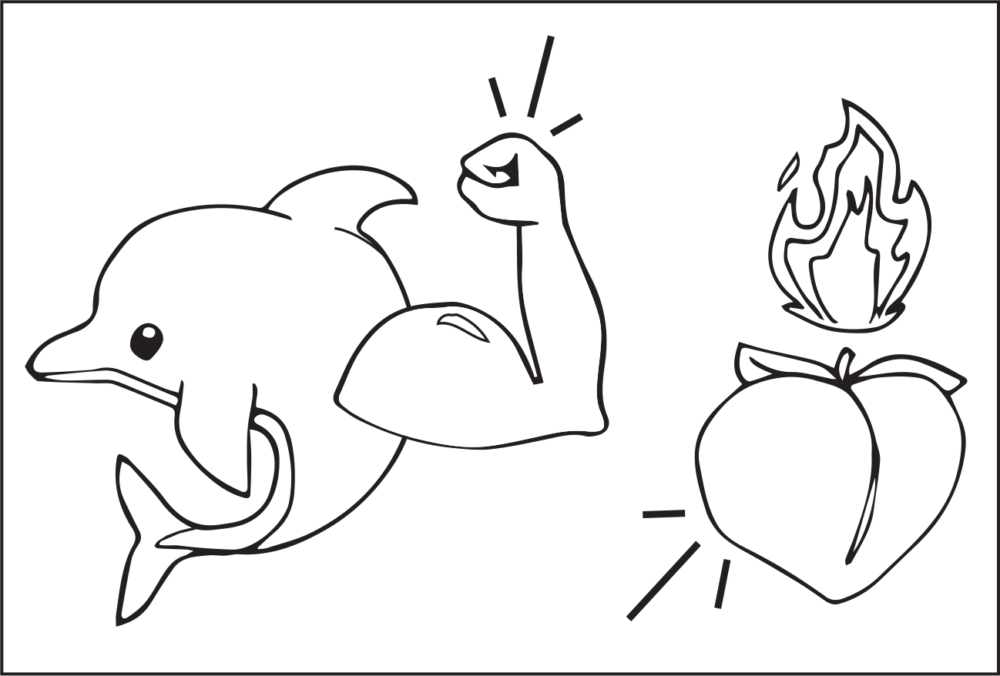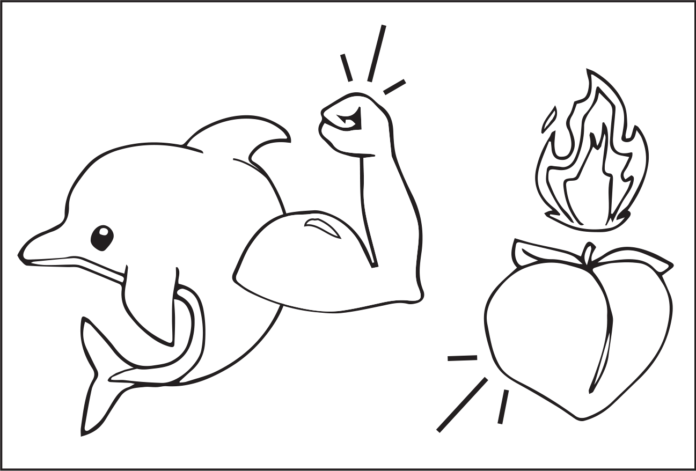The first ever text message was sent 25 years ago last Sunday.
According to CNET news, it was sent on December 3, 1992, by a British engineer to an executive at a British telecom company, who was attending his company’s holiday party in Newbury, England. Cell phones couldn’t type at this time; the message was written on a computer, and sent to the executive’s stylish Orbitel 901. The message read: Merry Christmas. How quaint.
According to Statistic Brain, 781 billion texts are sent in the U.S. alone, each month, as of July 2017. Research from Pew Research Institute shows that the majority of teens prefer texting over calling. We’re a society that loves to be social, but only in a controlled fashion. Texting satisfies that low commitment, constant communication need. Thus, the crazy and strange word of texting languages.
English enthusiasts, grammar-nazis, and linguistic conservatives might reject emojis as a viable communicative format. They’d cite its vulgarity, its promulgation by tweens, its association with texting grammar.
This more or less falls under the prescriptive versus descriptive grammar argument. Prescriptions for grammar specify rules about what is a correct or incorrect use of language. Descriptions look to see what actually exists within the language, placing the authority on the user of the language themselves.
What are emojis? They’re pictograms (little symbols that convey meaning through its resemblance to an actual thing) and ideograms (symbol that represents an idea or concept.) They’re also used more and more frequently.
You might think we’re heading back to the Stone Age, resorting to hieroglyphics and drawings for communications, but you’d be ignorant. It’s a Eurocentric belief to think language must be written with an alphabet, and pronounced based on the lettering. In fact, a lot of Chinese characters are pictographic and ideographic.
Perhaps there’s a future for emojis. In the Chinese languages/dialects, many characters are logograms — they represent a word or phrase. Historically, this helped speakers of mutually unintelligible dialects communicate through writing because of the universality of phrase representation. This differs from the Latin alphabet, where words are (more or less) phonographic (ie. sounded out). Think English’s “gift” and German’s “gift,” which means poison. Or English’s “slut”, which means “end” in Swedish. It’s the same word morphologically (visual form), but means something very different — these are called interlingual homographs.
Maybe the 14-year-olds are onto something. Languages evolve, it’s why there can’t really be a universal human language. There’s too many of us and we group together. Look at the various accents and dialects within England alone. What about a universal written language?
Except emojis can’t be a writing system, and they won’t be. A writing systems is visually codified language. Emojis encode emotions, abstract ideas, and feelings, and they do so quite poorly. There isn’t yet much of an established set of conventions for how and when to use them.
For the most part, salad means salad; dog means dog. But the peach emoji almost never means peach. What does the flame mean; what do the two beers mean?
Perhaps emojis will modify our language even more dramatically than simply by becoming integrated with text. What if they altered not the written form we use to communicate, but how we communicate altogether?
In the study of linguistics, there’s an ongoing conversation about how language shapes thought, and vice versa. Linguistic relativity, popularly known as the Sapir–Whorf hypothesis, suggests that a speaker’s language influences their understanding of the world. This has been proven to be true, though we don’t know exactly to what degree.
The Guugu Yimithirr people of Australia have cardinal directions (north, south, east, west) deeply embedded into their language. So much so that they’ll even refer to the pencil on the desk as north-east of the book, as opposed to the left of the book; or the ring on your finger on your south hand.
Lera Boroditsky, associate professor of cognitive science at the University of California, San Diego has written on languages like this. What she found was that speakers of languages emphasizing cardinal directions have a directional sense that seems biologically impossible for humans, “by virtue of the practice that language requires of them.”
Something similar is true for Arabic and Hebrew speakers, who read right to left. They often think abstractly in terms of starting at the right and progressing to the left. We tend to subconsciously start on the left and move to the right.
Professor of cognitive science at the University of California, San Diego, Rafael E. Núñez, found that the Aymara people of the Andes and Altiplano regions of South America refer to the future being behind them, and the past in front. We’d say the opposite. These subtleties influence our body language, our values, and even what we can accomplish. Boroditsky notes that peoples with languages that don’t specify exact numbers aren’t capable of advanced mathematics like algebra, and thus never create archetectures like those found in China, the middle east, or the Developed West.
If emojis are an expression of abstract (if not completely confusing) emotion, maybe we’ll become a people who communicate through codified emotions and feelings. We’d steer away from the literal, but towards perceptions and feelings.
Then maybe we’ll integrate cellphone tech into our minds, eliminating the need for bulky screens. Maybe we’ll beam emoji data through sound waves to each others’ brains. Maybe we’ll evolve into dolphins.
Illustration by Caleb Campbell



